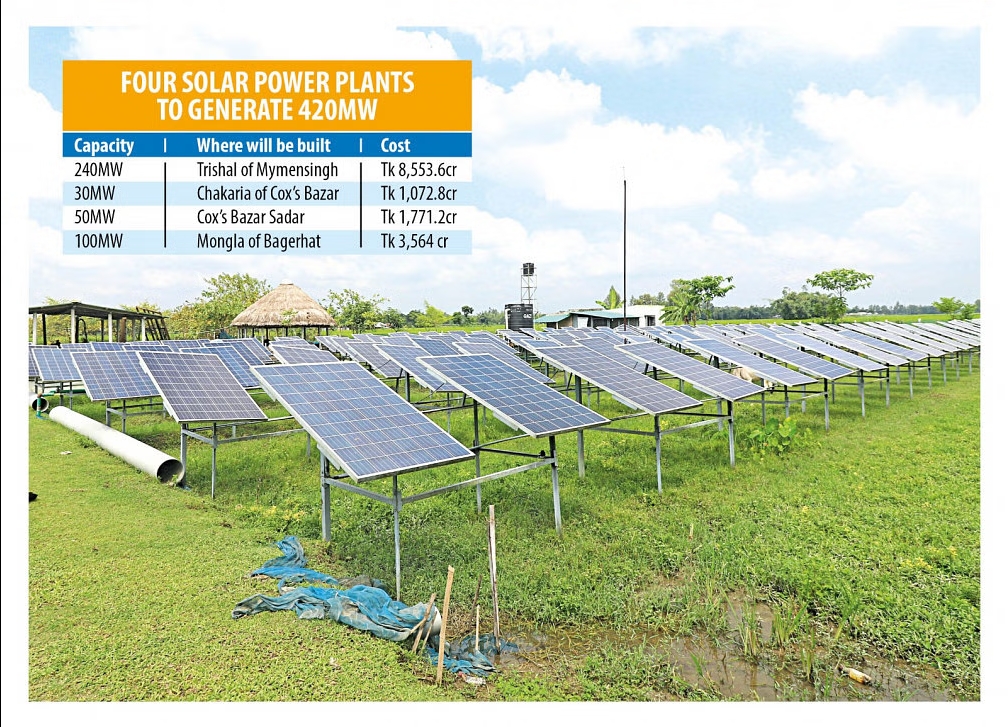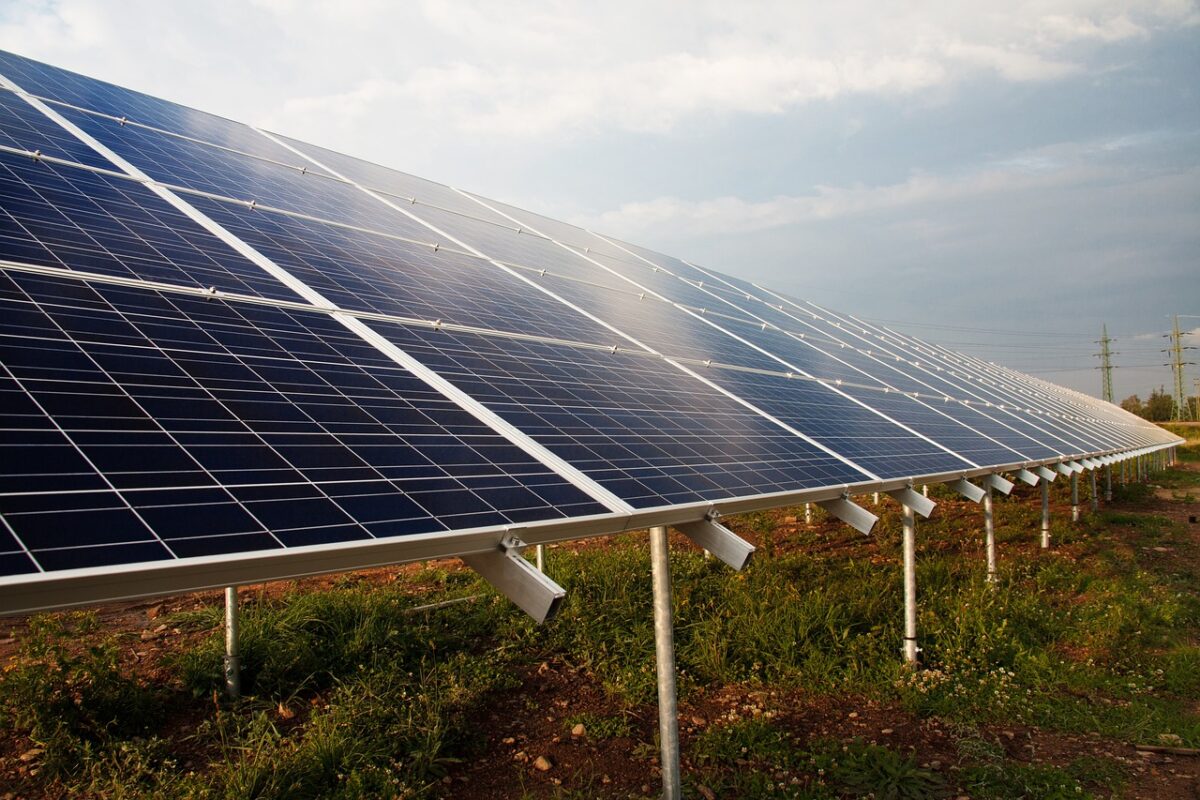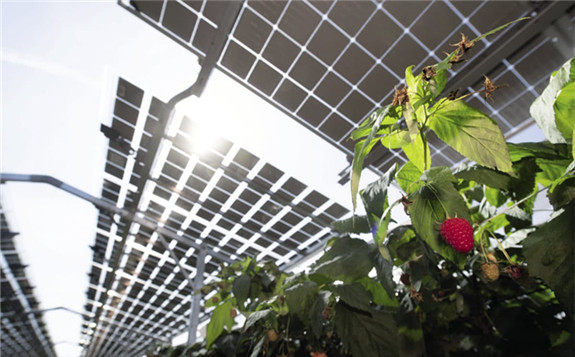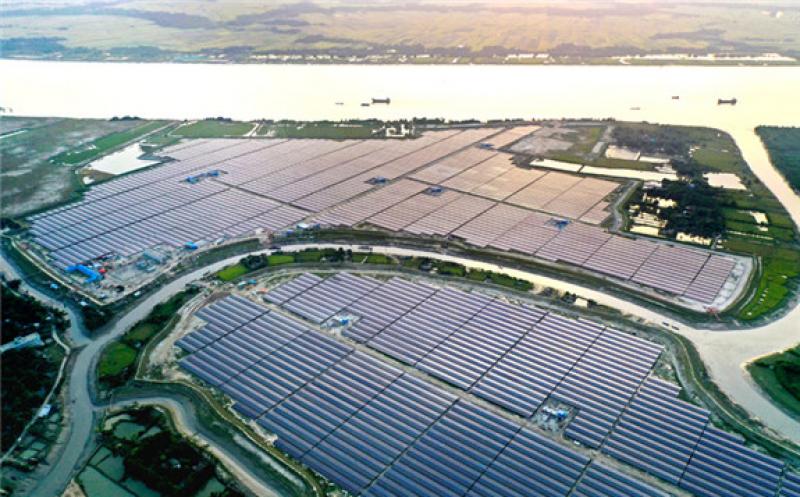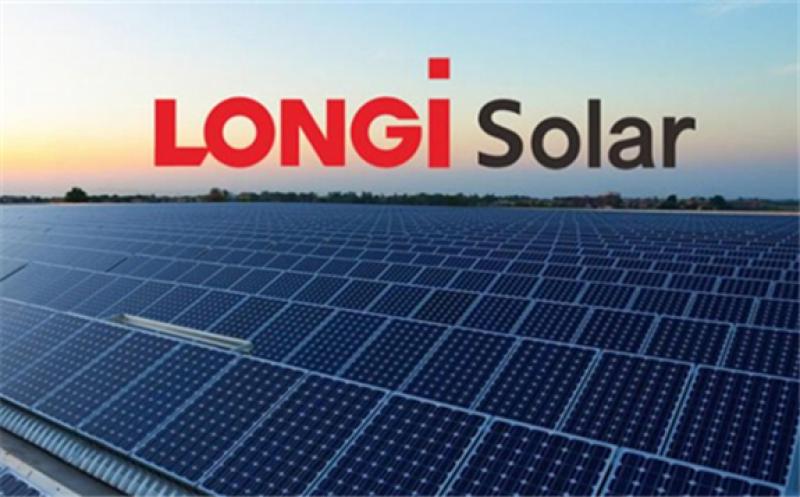
The next decade will do much to define our nation’s options and prospects for reaching net-zero greenhouse gas (GHG) emissions. If we get the incentives right, recent federal investments in infrastructure and clean energy will motivate trillions in private capital needed to grow and decarbonize the economy by midcentury. A critical decision currently facing the Biden Administration is determining the rules incentivizing the production of clean – or “green” – hydrogen (H2) for use in decarbonizing heavy industry, freight transport, and aviation.
The path toward a clean energy economy is to electrify everything we can while eliminating emissions from electricity production. This is the strategy behind the shift to electric vehicles and incentives to build more renewable power. However, there are key parts of the economy like steel and cement production that cannot be fully electrified with current technology. This is where green hydrogen must play a key role. Hydrogen does not emit carbon dioxide when combusted, but can be stored, transported, and burned like a fossil fuel. If produced using zero-carbon electricity, hydrogen becomes a climate super fuel, and zero-emitting steel mills and airplanes become possible.
While there is broad agreement that a new green hydrogen industry could play an essential role as a climate solution, surprisingly entrenched political positions may derail this historic opportunity. In simple terms, environmental groups are concerned that increased electricity demand for green hydrogen production will outpace the production of renewable electricity, resulting in more fossil generation and pollution. Conversely, the business community worries that restrictive regulatory constraints combined with the high costs of building early facilities will make green hydrogen uneconomic, preventing a viable U.S. green hydrogen industry from ever getting off the ground. The Administration faces a difficult balancing act as it works to finalize guidance around recently enacted green hydrogen incentives: too lax would diminish the industry’s decarbonization potential for decades; too rigid would prevent the private sector from making the major investments required to stand up an entirely new industry.
There has been a spate of dueling studies seeking to estimate the emission and cost impacts of annual vs. hourly matching requirements. It is instructive to engage these competing visions, but important to recognize that nobody has hard data or commercial experience to draw upon when making these projections. Unfortunately, in today’s divisive political environment, a lack of proof tends to encourage more absolutism than humility or curiosity.
Recognizing both the significance and considerable uncertainty around this opportunity, the American Clean Power Association (ACP) has proposed a compromise position that embraces the stringent requirements sought by climate advocates, but phases in the costliest requirement over several years to ensure the first wave of commercial-scale facilities get up and running.
First, ACP agrees that the power used by green hydrogen facilities must be zero-emission and come from new production to ensure that existing clean power is not being taken away from another use. Second, we agree that the new clean power must be generated in the same region where the green hydrogen is being produced. Finally, we recommend requiring that all green hydrogen projects starting construction after 2028 use new clean power generated during the same hour as the green hydrogen is produced. This temporary phase-in period for hourly time-matching will enable a limited number of early market entrants to start creating the economies of scale necessary for the larger number of post-2028 projects to comply with this most restrictive and expensive requirement.
The right balance
Finding the right balance is challenging. Companies producing green hydrogen must be able to compete with higher carbon alternatives. Presently, most hydrogen is made from natural gas at about one-third the cost of green hydrogen. While the emissions restrictions our proposal embraces will add costs to green hydrogen production, we are confident those costs will come down as the technology matures and market demand increases.
Green hydrogen has the potential to greatly reduce emissions, increase American competitiveness and create hundreds of thousands of domestic jobs. While the clean power industry is enthusiastic about this potential, we are also mindful that the green hydrogen industry does not yet exist. We urge policymakers to set a course that will achieve strict environmental performance at scale while recognizing the tremendous risk and costs associated with commercializing new technologies. Green hydrogen will be a success if the Biden Administration listens to everyone’s demands and picks something in the middle.
